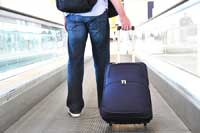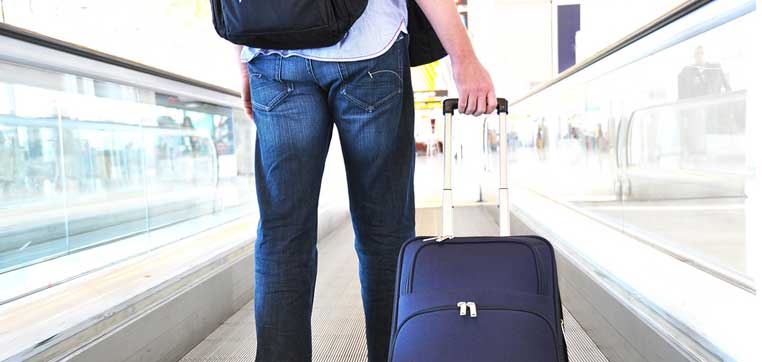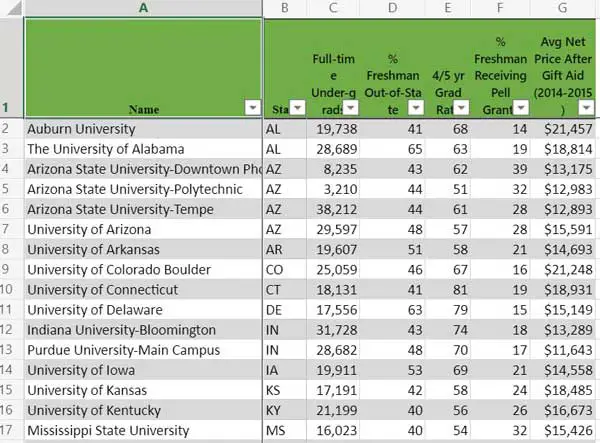 When looking for a college, it’s a good idea to keep geography in mind. Apparently most families do but not in ways that will improve financial aid or enhance the student’s college education. According to The American Freshman: National Norms Fall 2016, 53% of freshman attend college within 100 miles of home. Only 17.3% enroll at a college more than 500 miles from home.
When looking for a college, it’s a good idea to keep geography in mind. Apparently most families do but not in ways that will improve financial aid or enhance the student’s college education. According to The American Freshman: National Norms Fall 2016, 53% of freshman attend college within 100 miles of home. Only 17.3% enroll at a college more than 500 miles from home.
Attending an in-state public university obviously means lower tuition. But by keeping close to home, students are missing out on some very tangible benefits, including cheaper college costs. Many private colleges are willing to provide generous financial aid to improve their geographic diversity.
Why? There has always been a perceived value in living and learning with a diverse group of people. It’s hard to learn from somebody that is just like you. According to Danielle Allen, Social Scientists define links between people who come from different social spaces as “bridging ties” and have found that the “are especially powerful for generating knowledge transmission.” And isn’t “knowledge transmission” the point of colleges and universities?
The Chronicle of Higher Education has a somewhat data interactive map that lets you look up colleges and see the state of origin for freshman students. The following tables list 50-50 schools with the lowest percentage of out-of-state students. The first table shows private institutions and the second lists public universities. As usual, the four-year graduation rate is used for private schools and the five-year rate for public schools.
50-50 Colleges with the Most Geographic Diversity
(based on percentage of out-of-state students)



